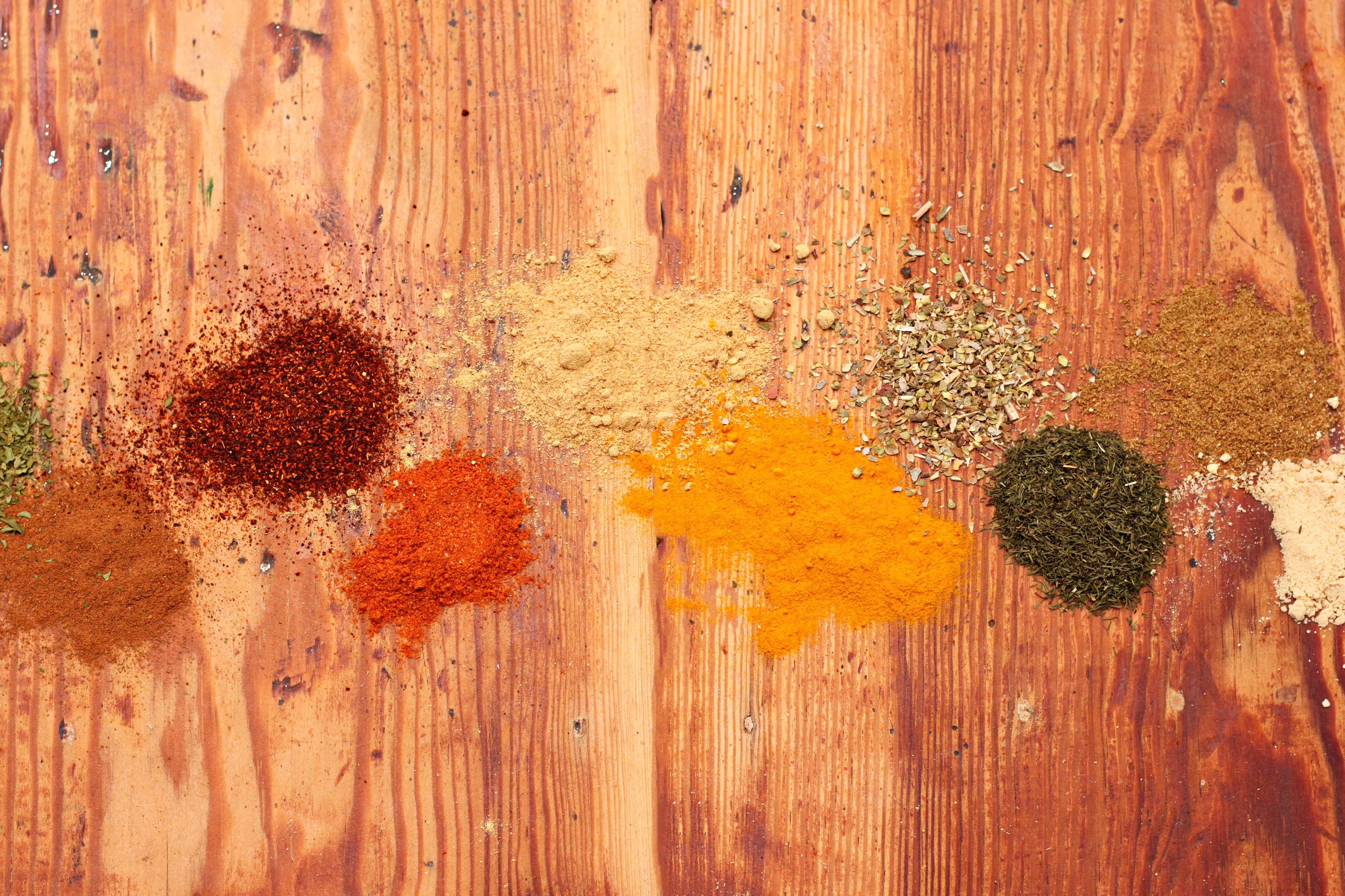 When you start eating healthier, flavor enhancers like sugar, extensive amounts of salt and butter take a back seat in your diet. Instead, you learn to rely on herbs and spices to enhance your food and make it flavorful.
When you start eating healthier, flavor enhancers like sugar, extensive amounts of salt and butter take a back seat in your diet. Instead, you learn to rely on herbs and spices to enhance your food and make it flavorful.Whether you’re growing them fresh or buying them by the bottle, herbs and spices can add explosive flavor to already-delicious healthy food. If you’re relatively new to the world of cooking, no worries — we’ve got your full break down on how to use spices and herbs below.
Your Guide to Using Herbs and Spices
Allspice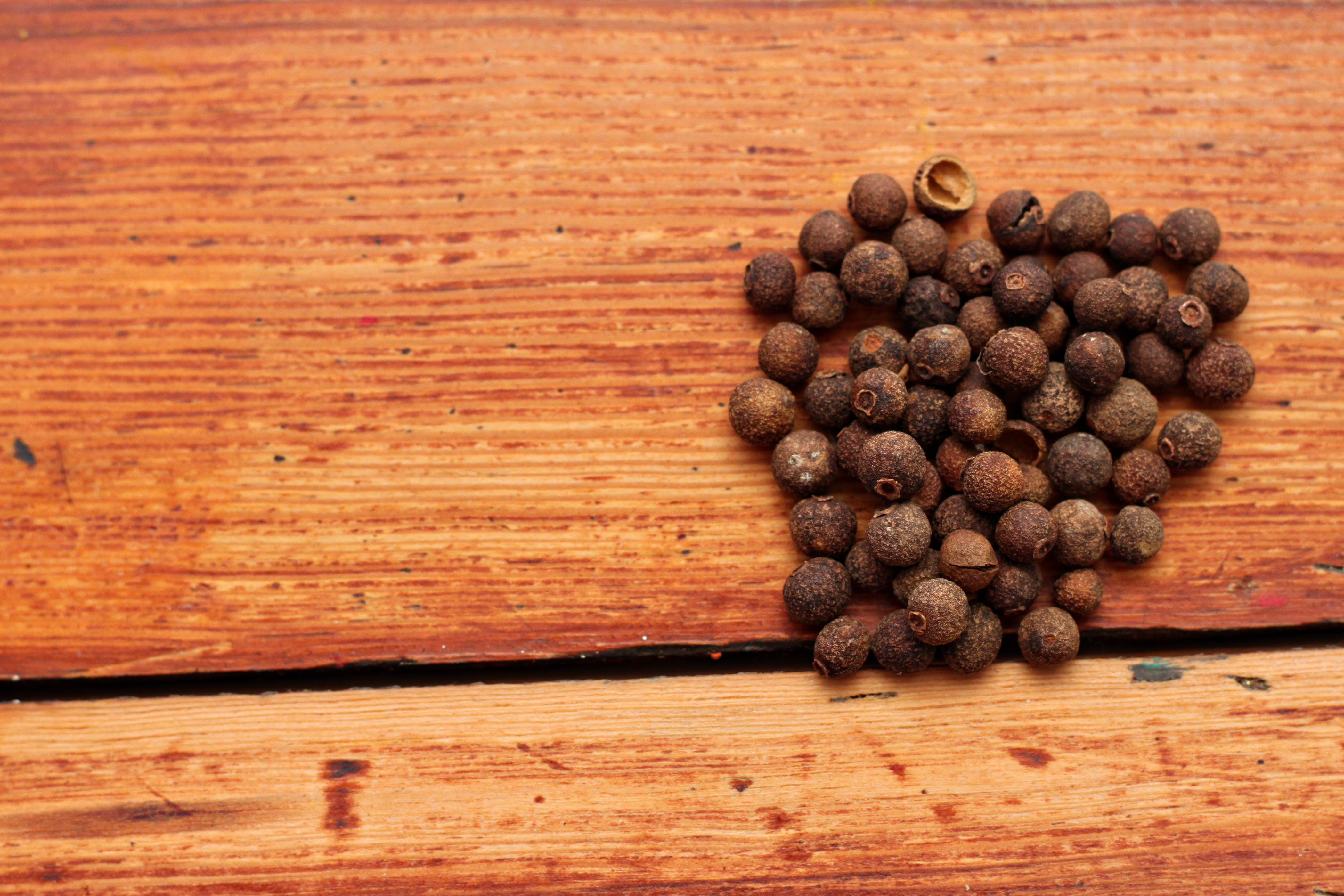
Allspice’s name really says it all. This diverse herb, which has a similar taste to several other herbs including nutmeg or cinnamon, is a great complement to meat and vegetable dishes.
Allspice can be used in the berry form or in the ground form, depending on your purposes. The berry-form is perfect for flavoring soups or broths, whereas the ground form is preferable for meat and vegetable dishes.
Basil
Basil is super easy to grow yourself and adds a lot of flavor in both the leaf and ground form. It’s sort of a universal herb — I’ve never added basil to any dish and regretted it.
Leaves from a basil plant are the perfect way to add lots of flavoring to Italian-type dishes including tomato sauce and salads. Basil leaves are very fragrant and bring to mind eating fresh pesto off of a Mediterranean coast somewhere. Its ground counterpart, though not quite as strong in flavor, is still an excellent seasoning for sauces, stews, soups, salad dressings and more.
Basil is also an excellent source of vitamin A and magnesium.
Cardamom
Cardamom can be used as a ground spice or as a seed. Its taste falls into the same category as allspice, nutmeg and cinnamon and is often described as slightly sweet, citrusy and even lemon-y.
This strong-smelling spice is a little costly and is used often in Indian food. Like many spices and herbs, it has a wide variety of health benefits and can be used to improve dental health and improve nausea.
Cayenne Pepper
If you’re looking for a little bit of a kick, cayenne pepper may be just the thing. Sometimes also referred to as capsicum, cayenne peppers can be used in their whole form or in a ground powder.
Cayenne pepper is great for gut health and has a variety of benefits. It’s on the spicier side of the spices, ranking higher than chili pepper and paprika.
Cilantro/Coriander
Fresh cilantro has many uses, but you probably recognize the taste and smell from Hispanic dishes, which is ironic considering the plant has Mediterranean roots.
Fresh cilantro is easy to grow and a little bit goes a long way. When the leaves are cut and dried, it becomes coriander.
This herb is a great source of vitamin K among other nutrients and is often used as a garnish, but it can also be used to add a fresh, citrusy vibe to salads, meats, vegetables and fruit dishes.
Cinnamon
If you’re anything like me, your experiences with cinnamon before eating healthy may be limited to sweets and Christmastime. However, this diverse spice is a great source of fiber and can also be a great addition to carb-heavy foods as it decreases the amount your blood sugar jumps, among many other health benefits.
The sweet, but spicy taste of cinnamon is a great addition to many different meat dishes as well as a flavorful addition to your morning coffee. Don’t be scared to try out in an unconventional way — this spice isn’t just reserved for junk food!
Chervil
Chervil is a green herb similar to parsley. It isn’t super familiar to us Americans and is used mainly in Europe with meats, poultry, seafood and some vegetables. The taste is similar to that of fennel — it’s known for being slightly licorice-y but still mild enough that it’s compatible with most dishes.
Chives
Chives are so easy to grow yourself that they grow in my backyard unaided.
Chives are often used as a garnish on top of a big baked potato or a deliciously seasoned steak, but these small, onion-ish herbs can be used to add flavor to a variety of dishes. Both their bulbs and the stems can be used in the kitchen.
Cloves
Cloves are a sweet and fragrant addition to a lot of our favorite dessert dishes, but cloves are a nutrient-dense spice that can be used in a wide variety of dishes to add a pungent flavor.
Cloves look like little tree branches and are found throughout Chinese and Indian foods. These little anti-inflammatories are great for gut health among other things. A little closer to home, cloves are often used to make foods like barbecue sauces.
Cumin
Cumin is what I associate with taco seasoning and it gives a lot of Tex-Mex dishes their signature taste.
Cumin can come in seed form or as a dried ground powder and makes a lovely addition to almost anything. However, beware — cumin is very aromatic and strong-tasting. A little goes a long way!
Dill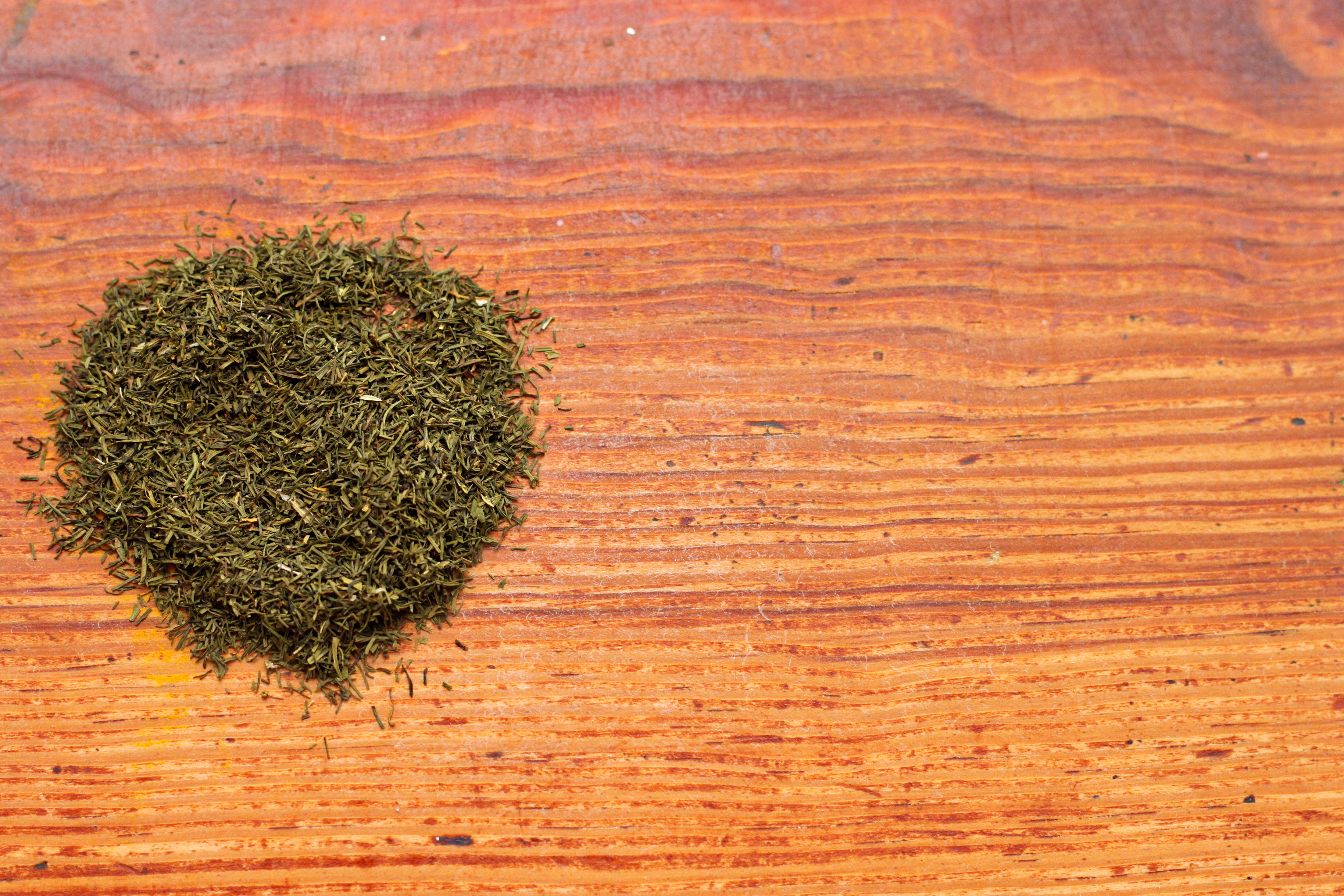
Dill is the delicious herb that gives ranch dressing and pickles their flavoring. Like many of the other herbs on the list, it can be grown at home and used fresh or dried and used in the ground form.
Dill is an easy ingredient to add flavor to your salad dressings, to fish or to vegetables. Its tangy taste is distinctive, but delicious. Although dried dill is available, it loses its flavor quickly and should be used within six months of purchasing.
Ginger
Ginger root or ground ginger, which has a yellow tinge, has a sweet and spicy flavor to it, one that you may associate with things like ginger-ale or gingerbread.
It is commonly found in Asian and Indian dishes such as stir-fry. As is the case with most herbs and spices, the fresh root has a stronger flavor than the ground powder, but both are yummy ways to add flavor to your dish.
Mint
Anyone who’s ever chewed a stick of gum or enjoyed a mint julep knows the taste of mint. The sweet and spicy herb comes in about a billion varieties and can be used for everything from garnishment to flavor enhancers.
Like its other green counterparts, fresh mint is more flavorful and aromatic than dried mint. Mint can also be used outside of the kitchen in things like air fresheners and potpourri.
Mustard
We’re used to mustard as a condiment, but mustard seeds can also be ground up into a fine powder and used to add flavor to lots of different foods.
Ground mustard, which resembles ground ginger with its yellow coloring, is used frequently in things like egg salad, potato salad and macaroni and cheese as well as in some salad dressings and even mayonnaise. I personally like to add it to certain beef dishes for an extra dimension of flavor.
The powder carries less of a punch than its condiment counterpart but it still adds a delightful kick to a lot of different foods.
Nutmeg
Nutmeg, like cinnamon, is probably an herb that you associate with sweet stuff. This isn’t necessarily a bad thing — you can use these spices and herbs to create a faux-sweet taste to things that satisfy sugar cravings.
Like the name entails, nutmeg has a nutty, sweet flavor, but it can be used for a variety of dishes — even those that aren’t sweet. Nutmeg is great in combination with a lot of different meats and soups and can even be a great herb to add to vegetables.
Nutmeg is generally found in ground form — it’s made from fruit — and holds its flavor longer than some of the leaf-based herbs.
Oregano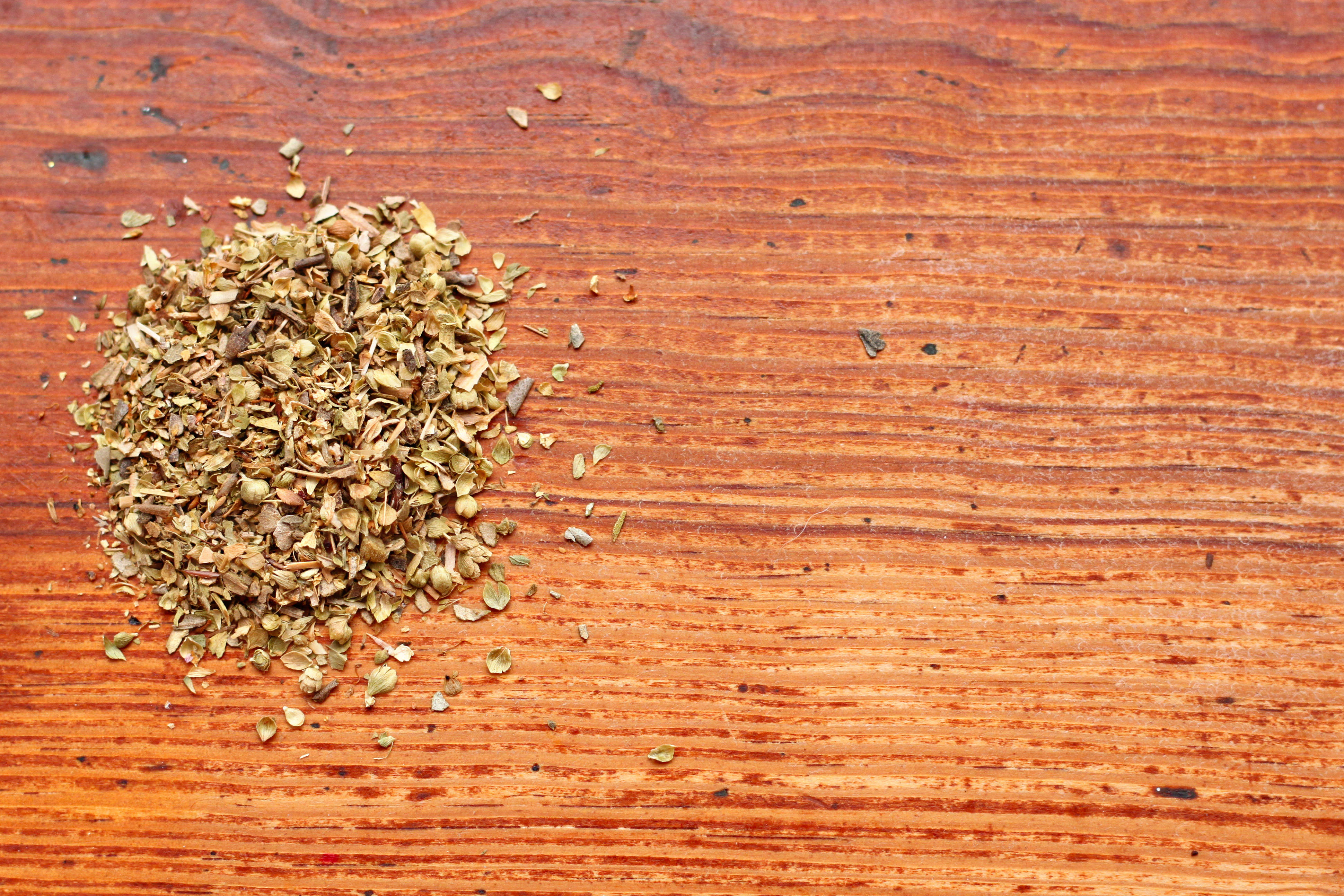
Oregano is a key component to Italian seasoning and is associated heavily in my house at least with pasta sauces and pizza.
This green, leafy herb can be used fresh or dried and ground up. It’s an excellent source of fiber and has a hearty, but slightly spicy taste.
Oregano, like mint, comes in many different varieties, each one with a slightly different flavor. It’s also incredibly easy to grow yourself at home.
Paprika
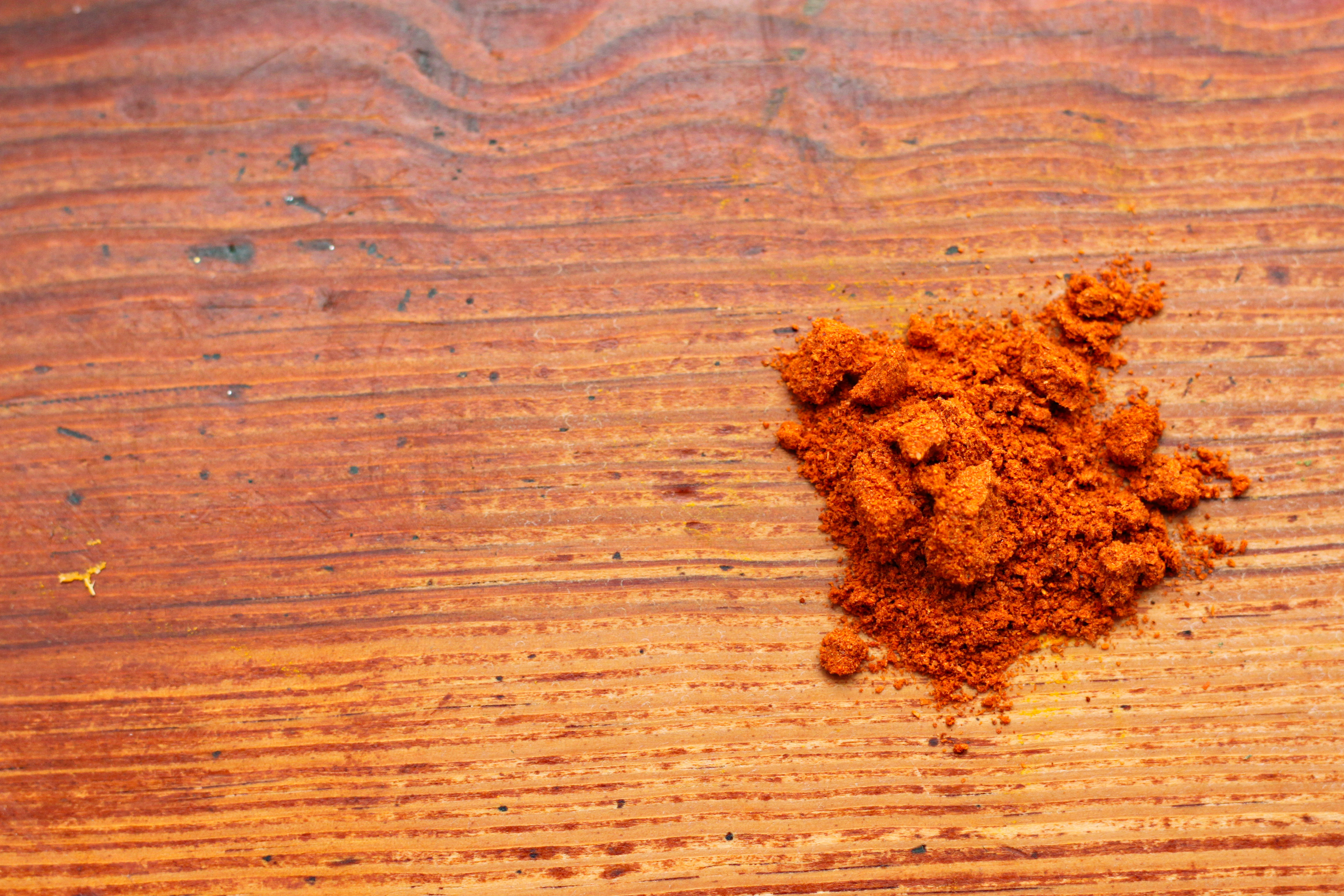 Paprika is a mild spice that can be added to almost any dish for a hint of heat and is often found in sausages.
Paprika is a mild spice that can be added to almost any dish for a hint of heat and is often found in sausages.It’s used frequently as a ground red spice — think of the stuff you see on top of deviled eggs — and it can also be used to add color to a variety of dishes.
Because paprika doesn’t have a super strong flavor, it can be used in almost any dish with positive effects.
Parsley
Parsley isn’t known for its strong taste — in fact, it’s often used as a garnish instead of ingredient. Think of the little green flakes floating around on your plate at a fancy restaurant.
However parsley, which is one of the key ingredients in Italian seasoning mixes, is a great addition to almost anything and has a lot of health benefits — it’s a valuable folic acid source and it also has a lot of great antioxidants.
Red Chili Powder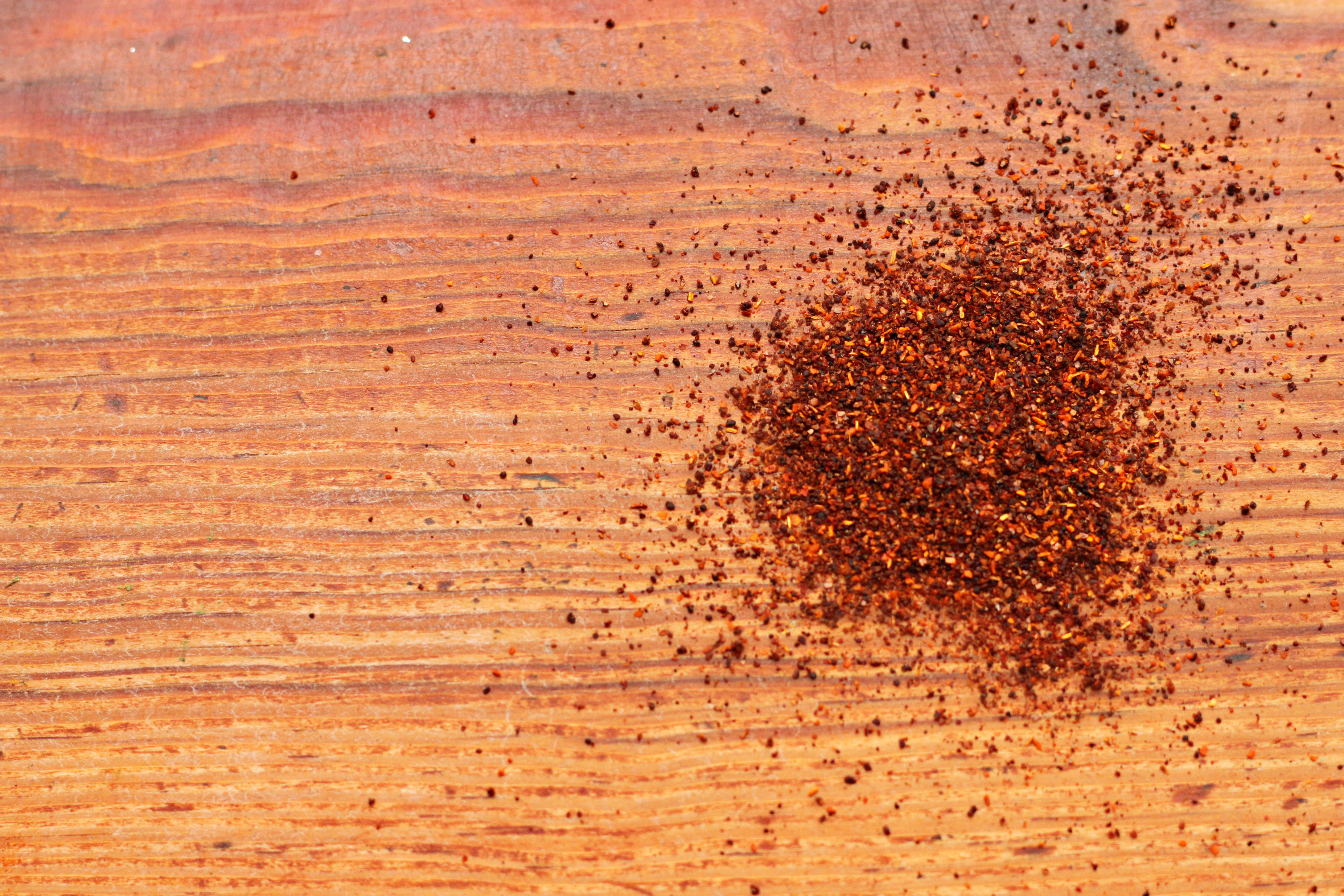
Chili powder falls somewhere between paprika and cayenne pepper and is a great addition to a dish that you want to be spicy, but still mild enough that people without a taste for spicy foods can handle.
Like paprika and cayenne pepper, it’s generally used as a ground red powder. However, be careful not to mix it up with paprika — it definitely packs a punch.
Red chili powder is great for classic Mexican dishes and Middle Eastern dishes.
Rosemary
Rosemary is a fragrant herb that can be used in a variety of dishes. Its piney taste is distinctive and delicious and can be used with almost anything. It’s a great addition to everything from fish to meat to roasted vegetables and can also be used as a lovely garnish.
Saffron
Saffron usually comes in the form of little red threads. It’s said to smell like hay and sometimes honey.
Saffron is one of the most expensive spices in the world and is difficult to find in a regular supermarket. However, the spice offers a sweet flavor that’s often used in alcohol.
Although saffron isn’t as popular in the United States, it’s widely used in the Eastern hemisphere for cooking.
Sage
The taste of sage is described by some as bitter and by others as savory. The leafy, green herb have a distinctively different look from the other green herbs — think oregano, mint, parsley, etc. — when fresh. Sage can be used as a natural preservative or as a tasty ingredient to enhance the flavor of salads, fish and poultry.
Tarragon
Although it reminds me of something off of Game of Thrones, tarragon is actually a green herb used often in salads or to pickle vegetables.
Some people describe tarragon as having a strong, licorice-like taste and it is often used in sauces and marinades to enhance flavor.
Thyme
Thyme is another classic Italian seasoning. The green, leafy vegetable is used fresh and dried in a variety of pasta dishes and on pizza.
Thyme has a slightly sweet taste and is a great source of Vitamin C. It’s a universal herb that can be used with almost anything to create a more flavorful dish.
Turmeric
Turmeric is a classic Middle Eastern spice that’s known for its health properties and its distinctive bright yellow coloring.
Although it smells sweet, turmeric has a biting taste, similar to ginger that combines notes of sweetness and spiciness.
